Bearded dragons make wonderful pets for reptile lovers. They are friendly, easy to care for, and make great companions. If you are interested in getting a bearded dragon, then the first thing you need to know is how much they cost. In this comprehensive guide, we will cover all the expenses you can expect when getting a bearded dragon. From the initial setup costs to ongoing expenses, we have got you covered. So, let us dive in and explore how much it costs to own a bearded dragon.
Bearded Dragons: All You Need to Know
Bearded dragons are interesting pets to keep, and they can quickly become part of a person’s family. They’re a hardy species and have a good temperament, making them ideal pets for beginners. But before you get one, it’s crucial to learn about their origins, anatomy, habitat, and diet to ensure they’re adequately cared for. For the beginning we offer you to check all there is to know about bearded dragons, from their origins to care tips, so you can determine if a bearded dragon is the right pet for you.
Origins
These reptiles originated in Australia and were first introduced to the United States in the 1990s.
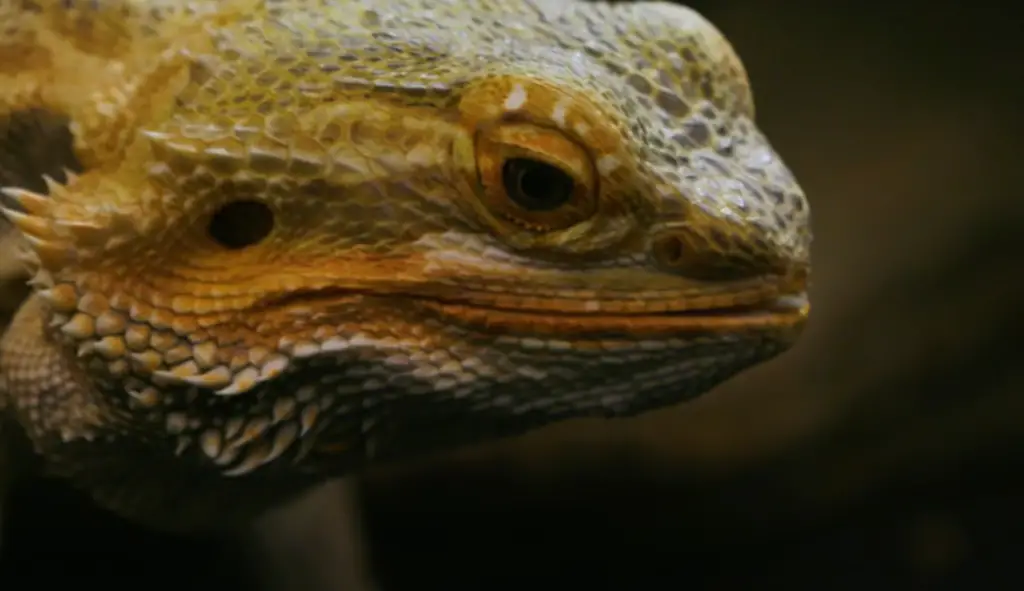
They were initially sold as rare additions, but today, they’ve become probably one of the most widespread reptile pets. Wild beardies are usually found in arid and semi-arid habitats and can grow up to two feet in length.
Anatomy
Bearded dragons got their name from the unique ‘beard’ which is present on the throat region. The beard can be expanded, allowing the dragon to appear more significant in the presence of a predator, and it also regulates the beardie’s body temperature. Additionally, unlike other lizards, these reptiles have four legs and five toes on each foot, which can help them climb rocks or burrow into the sand.
Habitat
In the wild, bearded dragons live in a desert habitat with arid and semi-arid environments. In captivity, they need a similar environment, including extreme heat, low humidity levels, and proper lighting, to maintain their health. They require a terrarium or tank that’s at least two times their body length, with sand or a similar substrate, rocks, and a basking spot to maintain the temperature of their body.
Diet
These reptiles can eat both animals and plants, and it means they are omnivores. In the wild, they hunt insects, rodents, and other small creatures, and they also consume fruit and vegetables. As pets, they consume a similar diet and require a combination of live insects, such as crickets and worms, and fresh produce. It’s important to remember that the diet of a beardie can change depending on their age, so it’s essential to consult with a veterinarian to ensure they’re consuming proper nutrition.
Bearded dragons can become great pets as long as you’re prepared to provide them with the appropriate habitat, nutrition, and care. They’re unique creatures with many fascinating natural instincts, such as their ‘beard’ and their ability to regulate body temperature. Remember, always consult with your veterinarian and research the proper care techniques before bringing home a bearded dragon as your new pet.
Why Are Bearded Dragons Such a Widespread Pets?
When it comes to choosing a pet, everyone has a unique idea of what an ideal pet would be like. Some prefer low-maintenance pets that won’t demand too much time and energy while some crave affectionate companions who can keep them engaged.
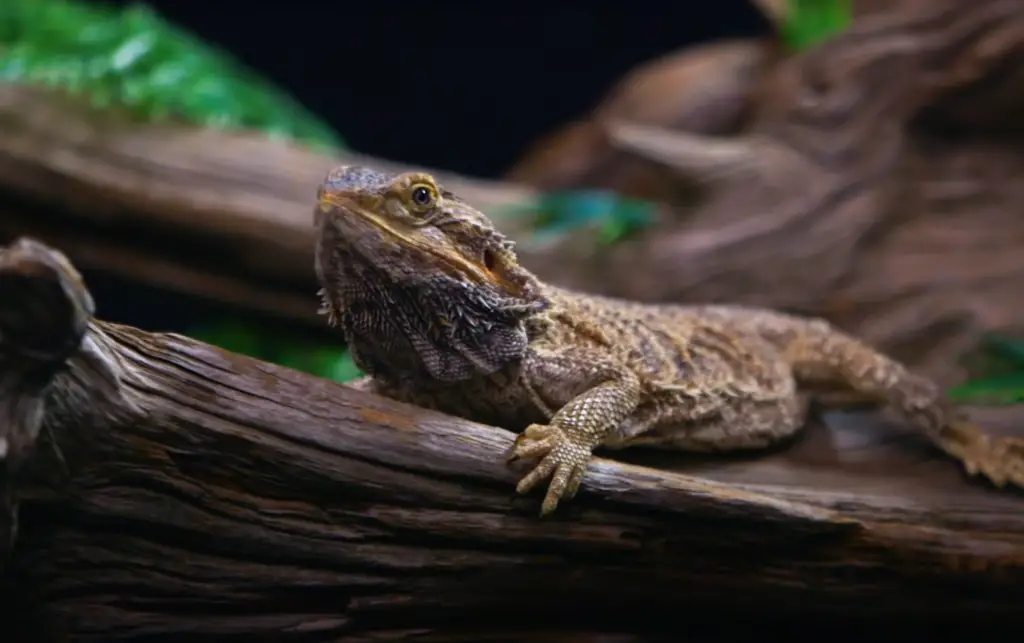
Interestingly, Bearded Dragons seem to have found a special place among the pet enthusiasts across the world. Here, we’ll discuss why these scaly creatures are such widespread pets and what makes them so special.
These reptiles are low-maintenance pets
One reason Bearded Dragons are such popular pets is that they don’t require too much maintenance. Unlike cats or dogs, Bearded Dragons won’t shed much hair around your house or create any unpleasant odor. Once you have set up the right enclosure and given them proper food, the rest of the time they can relax in their terrarium, staying content and happy.
They are social animals: Bearded dragons are sociable animals, meaning they take comfort and solace from being surrounded by other animals or humans.
As pets, they crave interaction with their owners and enjoy spending time together with them. You can, therefore, create that bond by spending a little time with them every day, training them or playing with them.They have unique personalities
Another reason why these reptiles become fantastic pets is that they have a unique personality. They are the perfect balance between an introverted and extroverted pet. They enjoy their quiet time, yet they love being social, making them excellent companions to have around. Observing the different personalities of these animals can be fascinating as they all have distinct interests and preferences.
They don’t take up a lot of space
Unlike bigger animals like cats and dogs, Bearded Dragons don’t need as much space. They can comfortably stay in their enclosure when you’re not playing with them, tucked away in a small corner. This makes them a great choice for people living in apartments or small homes, who don’t have any extra space for their pets.
They are fascinating to watch
Bearded Dragons have unique physical characteristics, making them interesting creatures to watch, even when they’re just lounging around in their enclosure. They have keen senses, are curious about their surroundings, and seem to enjoy testing out different toys and terrains. Watching them interact with their environment can be fascinating, entertaining, and even calming.
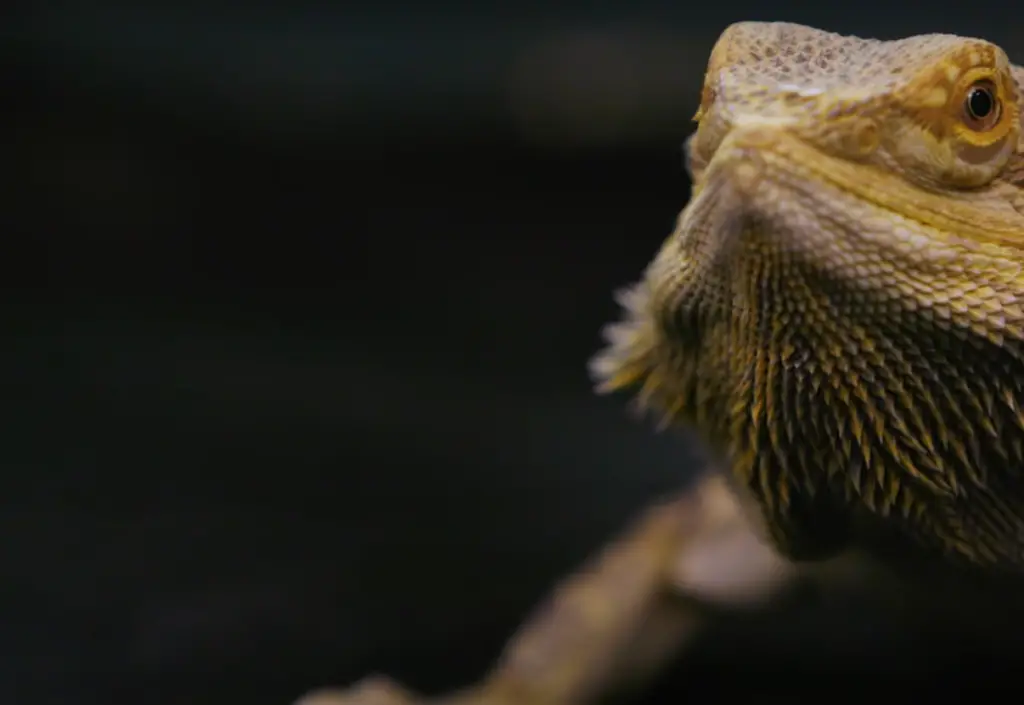
It’s no surprise that Bearded Dragons are such widespread pets, given their charming personalities, captivating physical traits, and easy-to-care-for nature. They are loyal companions that enjoy spending time with their owners, play, and interaction. They are perfect for anyone looking for a unique, enjoyable, and fascinating pet.
12 Interesting Facts about Bearded Dragons
Beardies are probably the most beloved pet reptiles around the world. They are also known as friendly giants. And why not? With their docile nature and vibrant appearance, what’s not to love about them? In this part we will uncover 12 interesting facts about bearded dragons that you probably didn’t know. From their behavior to their habitat, these amazing creatures are full of surprises.
- These reptiles originated in Australia– Beardies are originally from the deserts and tropical woodlands of Australia.
- It’s all in the name– They get their name because of the spiny projection under their neck, which can be extended in a defensive stance.
- Beardies usually live up to 20 years– With proper care and diet, these creatures can live for a really long time.
- They are omnivores– These reptile pets eat a wide range of foods, including insects, fruits, and vegetables.
- They communicate through body language– These animals “speak” with each other by waving their arms, head-bobs, and coloring of their throat and body.
- Bearded dragons have exceptional hearing– They can hear frequencies that humans can’t, making them more sensitive to changes in their environment.
- Bearded dragons come in different colors– They come in various vibrant colors like orange, red, and yellow.
- Bearded dragons can adjust the temperature of their bodies– They aren’t capable of regulating their own body temperature, so they have to bask in the sun to keep warm.
- These reptiles are really social – They are known to be friendly and can recognize their owners’ voices and faces.
- Bearded dragons can shed their tail– When threatened, they can drop their tails as a defense mechanism.
- They have thick skin– Their skin is thick and scaly, with small spines running down its back.
- Baby beardies are tiny– At birth, baby bearded dragons can be as small as 2.5 cm but can grow up to 60 cm in length.
There you have it, 12 amazing facts about bearded dragons! These creatures are unique, fascinating, and a joy to have as pets. They make wonderful companions and can be easily taken care of with the proper environment and diet. If you’re looking for a new pet, bearded dragons are definitely a great choice. They are beautiful, gentle, and full of personality. With their docile nature and amazing features, you’ll never run out of reasons to love these wonderful creatures.
Pros and Cons of Having a Bearded Dragon
Are you considering having a bearded dragon as your new pet? Having it as a pet can be exciting and fulfilling. Bearded dragons are known for their docile nature and can provide great companionship. However, before deciding to get one, it is essential to know the pros and cons of having a bearded dragon as a pet.
They are low maintenance
One of the significant advantages of having a bearded dragon is their low maintenance. You don’t have to worry about taking them out for walks, grooming them frequently, or dealing with any troublesome habits. Bearded dragons do not require a lot of time and effort, which makes them ideal for busy individuals or those who are new to pet ownership.
They are fun and quirky
Bearded dragons are undoubtedly an entertaining creature to observe. They have unique personalities and habits that make them fun to interact with.
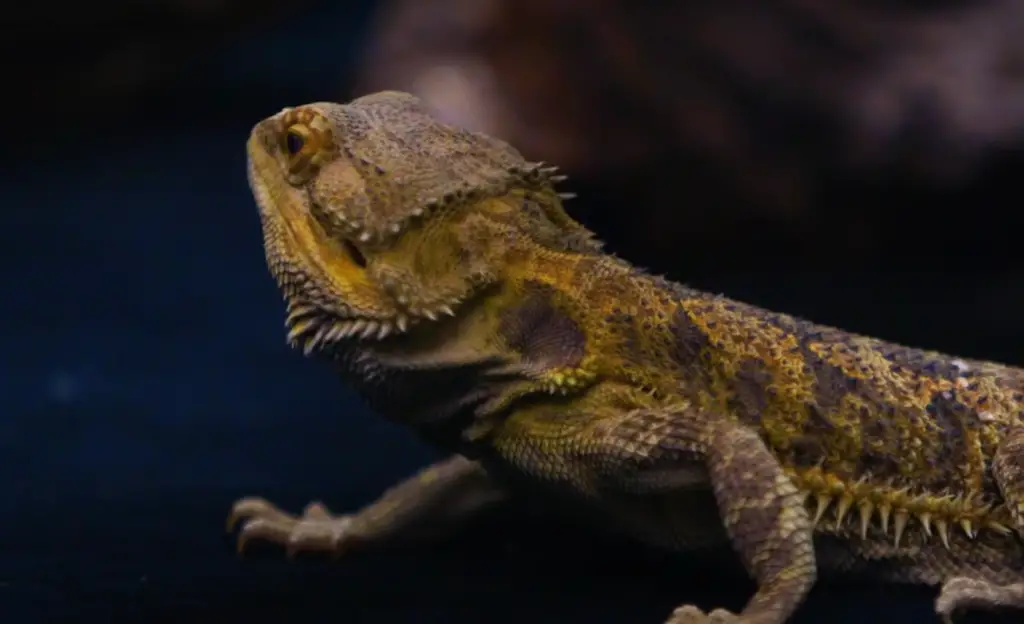
From their fascinating head-bobbing behavior to their love for basking in the sun, each bearded dragon has its distinct personality.
They require a proper living environment
While the low maintenance requirement is protective of your time and energy, their living environment isn’t. Since these reptiles are cold-blooded, they need a suitable environment to maintain their body temperature. They require a tank that is adequately heated, lit, and fitted with specific items such as rocks, sand, and water bowls. Creating and maintaining a comfortable habitat for your bearded dragon requires time, effort, and money. [1]
They may have medical issues
They may experience digestive issues, respiratory problems or even parasites. It is essential to take your bearded dragon to a certified reptile vet for a check-up and a possible treatment if you suspect any medical symptoms.
They can be expensive
Lastly, another factor to consider before you get this reptile is the cost. Although bearded dragons themselves aren’t expensive, there are expenses tied to creating their living environment. It can be expensive to buy all the necessary items for their tank, especially if you’re looking to create an ideal living habitat for them. Be prepared to spend money on food, bedding, heating, lighting, and veterinary bills. [1]
Having such an amazing pet can be an excellent choice for pet owners seeking a low-maintenance option or new to pet ownership. They are entertaining and unique creatures, even though they require a specific living environment and may experience medical issues that require care and veterinary attention. It is essential to weigh the pros and cons mentioned above before making a final decision on whether a bearded dragon is right for you. With proper care and attention, your bearded dragon can become a fascinating and unique addition to your home.
Bearded Dragon Prices: What Do They Depend On?
Bearded dragons have become increasingly popular pets in recent years, thanks to their friendly personalities and fascinating behavior. Whether you’re a seasoned reptile owner or considering getting a bearded dragon for the first time, it’s important to understand how much they cost and what factors can affect their price.
Age and Size
These two factors can greatly affect its price. Smaller, younger dragons tend to be less expensive, while larger, older dragons can cost more. Hatchlings are usually the cheapest option, but they require more attention and care while they grow. Adult bearded dragons will cost more, but they are typically easier to care for and may already have their unique personality traits and behaviors.
Color and Morphs
Bearded dragons come in a wide array of colors and morphs, and these can also affect their price. Some colors and morphs are more desired than others, and therefore more expensive.
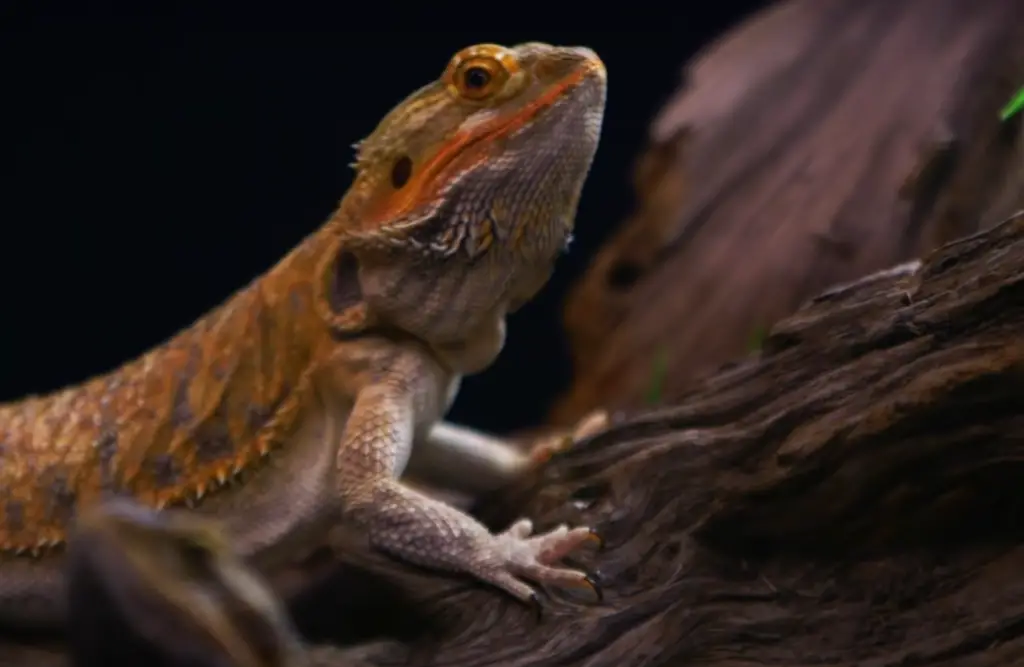
For example, a bright red beardie will likely cost more than a common brown or gray one. Additionally, rare morphs like citrus or blood-red dragons can cost significantly more, even thousands of dollars higher than common morphs. [2]
Breeder and Pedigree
The breeder and pedigree of a bearded dragon can also impact its price. Reputable breeders who specialize in quality bloodlines and genetic diversity may charge more for their dragons. It is important to research and verify the reputation of a breeder before purchasing a bearded dragon from them. Reputable breeders usually offer healthier dragons with minimal genetic issues that could otherwise lead to health complications down the line.
Geographical Location
The geographic location of where you live can also impact the cost of a beardie. For instance, buying a bearded dragon in an area where they are readily available and bred locally, may cost less than in areas where transportation and breeding is more difficult. The cost of living in a particular region may also impact the cost of bearded dragons in that area.
Supply and Demand
Like with any commodity, the supply and demand factor greatly affects the pricing. If there is a high demand but a low supply of a particular color or morph of bearded dragon, the price will likely increase. Conversely, if there is a surplus of dragons of a particular variation, the price will likely be lower.
Be sure to do your research before making a purchase, verifying the breeder’s reputation, as well as their location and the overall geographic and supply/demand factors. Regardless of the price you pay, owning a bearded dragon can be a truly rewarding experience.
How Much Does a Bearded Dragon Cost?
Initial Purchase
The initial cost of a bearded dragon varies depending on where you purchase them from.
Breeders may charge more, but they typically sell better quality bearded dragons that come with a better genetic history. A high-end bearded dragon may cost anywhere between $150 and $500, depending on the breed and pedigree. [3]Enclosure
These reptiles need a spacious and comfortable environment to thrive. A 40-gallon tank is the minimum size for an adult bearded dragon. You can get an ideal enclosure for a bearded dragon for roughly $100-$200. However, if you prefer a more elaborate enclosure with additional features, such as a lighting kit, automated temperature control system, and/or specialized substrates, the cost will be higher.
Lighting and Heating
They are a cold-blooded species, meaning that they cannot regulate their body temperature internally. As a result, heating and lighting systems are crucial. A UVB light kit and a basking lamp combined would cost about $50 or more, depending on the brand and quality. The price of heating bulbs will vary depending on which type you use and how much heating coverage you need.
Food and Supplements
You will have to buy fresh vegetables and fruits, as well as live insects such as mealworms, crickets, and roaches for your reptile pet.
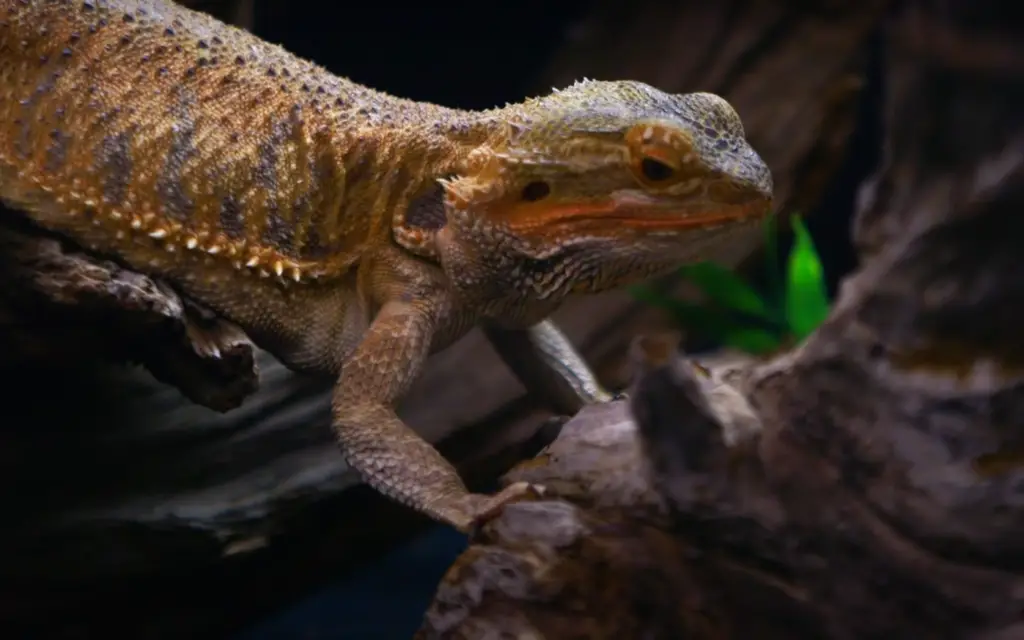
The cost of food and supplements is estimated to be around $50 or more per month, depending on the size of your dragon and how frequently you need to feed it.
Veterinary Care
As with any pet, you’ll need to provide regular veterinary care for your bearded dragon. Reptiles tend to be relatively healthy, but you should still budget for annual check-ups with a reptile veterinarian. Reptile veterinary expertise is in high demand, and the cost of treatment can vary widely. Basic visits can cost between $50 and $150, while surgery can cost upward of $500.
Owning a bearded dragon can make for a rewarding and exciting experience. However, be prepared to budget for the initial purchase of the animal, an adequate enclosure, lighting and heating systems, food and supplements, and veterinary visits.These creatures can make for excellent pets for those interested in caring for and observing the unique nature of reptiles.
Setting Up a Bearded Dragon: All You Need to Know
Bearded dragons are adorable creatures and they become really great pets. They are docile, friendly, and easy to care for. However, setting up their habitat can be a daunting task, especially for beginners.
Choosing the Right Enclosure
The ideal enclosure for a bearded dragon should be spacious, secure, and easy to clean. A 40-gallon tank is recommended for baby dragons, while adults need at least a 75-gallon tank. The enclosure must be made of glass or plastic, with a secure lid to prevent escape. It should also have a screen top for ventilation and UVB lighting. An important aspect to consider while choosing the enclosure is that the dragon should have enough space to move around in but not so much space that they feel lost.
Setting Up the Substrate
The substrate is the flooring material that makes up the base of the enclosure. There are various options to choose from, including reptile carpet, newspaper, or paper towels.
The substrate should be easy to clean, hygienic and easy to maintain. One popular choice for substrate is tile, as it’s easy to clean and maintain and provides a smooth walking surface for the dragon.Lighting
These reptiles need access to UVB lighting in order to produce Vitamin D3. It is essential for the absorption of calcium, which is required for strong bones, teeth, and muscles. The ideal lighting setup for a bearded dragon is a combination of a basking bulb and a UVB bulb. The first one provides heat, while the UVB bulb stimulates the production of Vitamin D3.
Temperature Control
Bearded dragons are cold-blooded reptiles, and they need a warm environment to regulate the body temperature. The basking area in the enclosure should have a temperature of 100-110°F, while the cooler areas should be around 80°F. The temperature should be monitored using a thermometer or digital hygrometer. A heat lamp and a ceramic heater are some options for maintaining the temperature in the enclosure.
Feeding the Bearded Dragon
They have a voracious appetite and can eat up to 50 crickets a day. They also require a variety of greens, including kale, collards, and mustard greens. Feeder insects should be dusted with a calcium supplement to ensure that the dragon is getting enough of this vital nutrient. Water should also be available in the enclosure.
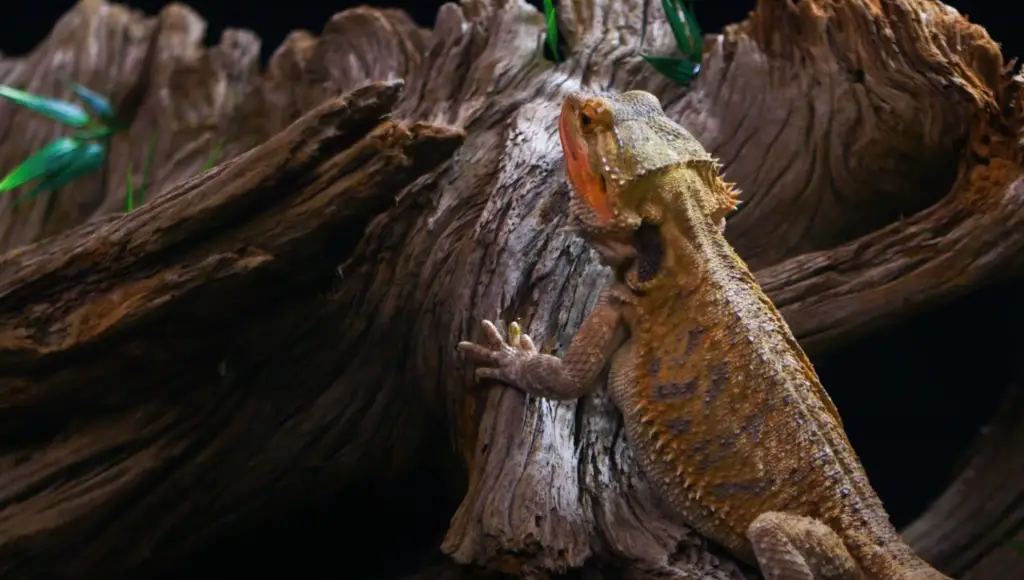
Setting up an enclosure for a bearded dragon requires attention to detail and an understanding of the animal’s needs. A spacious enclosure, suitable substrate, proper lighting, and temperature control are some important factors to consider when setting up a bearded dragon’s habitat. With the right setup and care, your bearded dragon will thrive and make a great companion for years to come.
FAQ
Should I get 1 or 2 bearded dragons?
Bearded dragons are naturally solitary creatures. They don’t require companionship from humans or other animals, and they don’t crave the presence of others. If you get one dragon, it will be perfectly fine living alone and will thrive. However, if you decide to get 2 bearded dragons, you need to make sure that the enclosure is big enough for both of them. It’s also essential to introduce them to each other gradually, as not all bearded dragons get along. Also, remember that two dragons in one enclosure require more upkeep, which can be time-consuming.
Are bearded dragons cheap to keep?
Compared to other pets, bearded dragons are relatively inexpensive to maintain. However, it would help if you still budgeted for the initial cost of equipment and the regular costs of feeding and care.
What is the cheapest reptile?
- African Fat-Tailed Gecko – These small lizards are adorable, easy to care for, and relatively low-maintenance. Their average price ranges from $20-$50.
- Corn Snake – Corn snakes are a popular entry-level snake for new reptile owners. Their colors can vary from orange to brown, and they have a friendly disposition. Their average cost ranges from $20-$50.
- Leopard Gecko – These friendly, docile lizards are very easy to take care of, making them an excellent option for beginners. Their average cost ranges from $20-$60.
Useful Video: HOW MUCH DOES A BEARDED DRAGON COST? | Starting Prices, Weekly Expenses etc.
Conclusions
In conclusion, owning a bearded dragon can cost between $500 to $1,000 per year on average. The initial setup expenses account for the most significant cost, but the ongoing cost might add up. The cost of owning a bearded dragon might seem expensive, but they make great companions and are incredibly rewarding pets. If you are ready to commit to owning a bearded dragon, you should budget for their expenses and provide them with a comfortable living environment.
References:
- https://animals.mom.com/pros-cons-owning-bearded-dragon-9743.html
- https://reptile.guide/bearded-dragon-price/
- https://a-z-animals.com/blog/bearded-dragon-prices-purchase-cost-supplies-food-and-more/

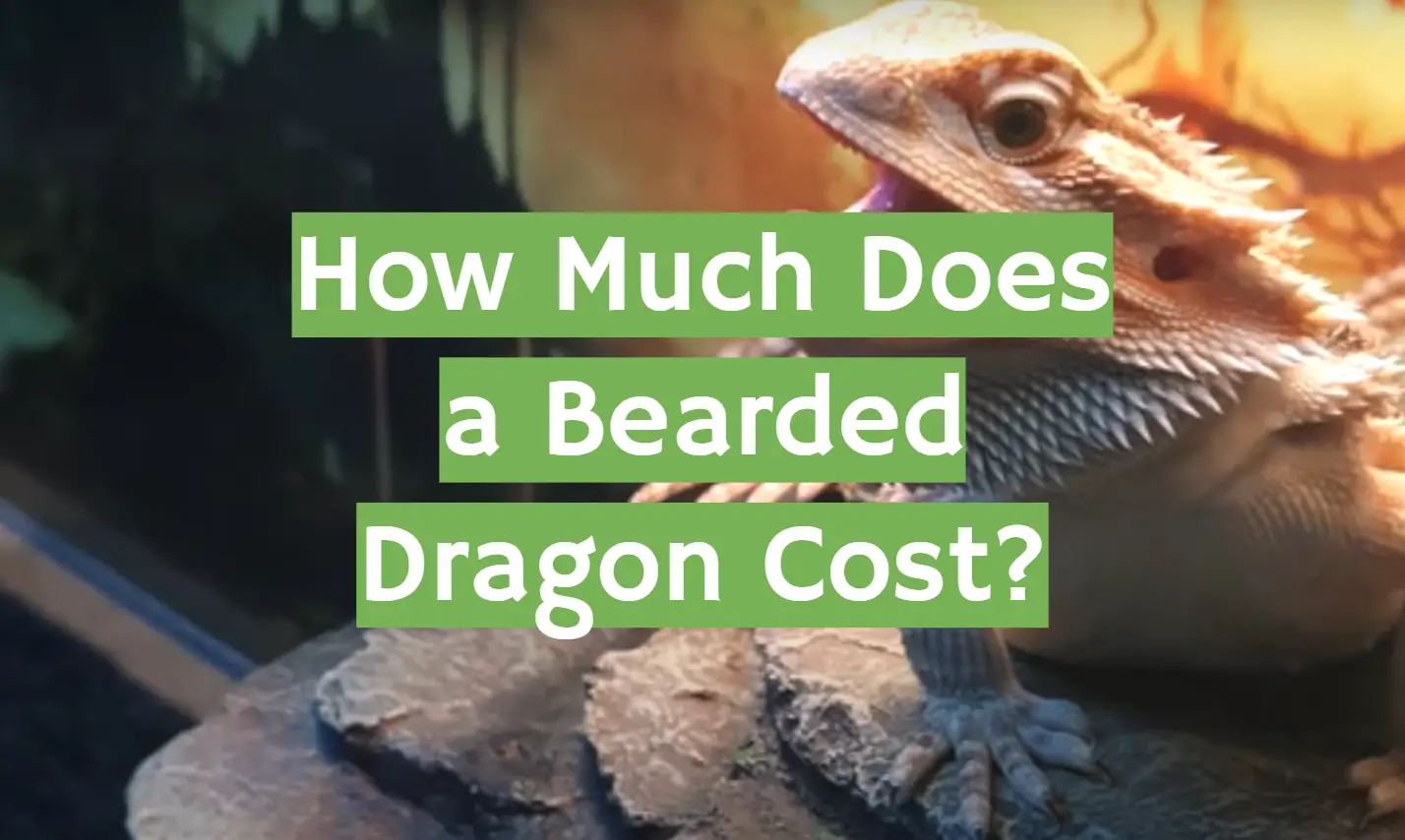
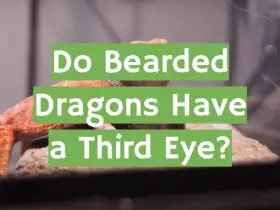



Leave a Review